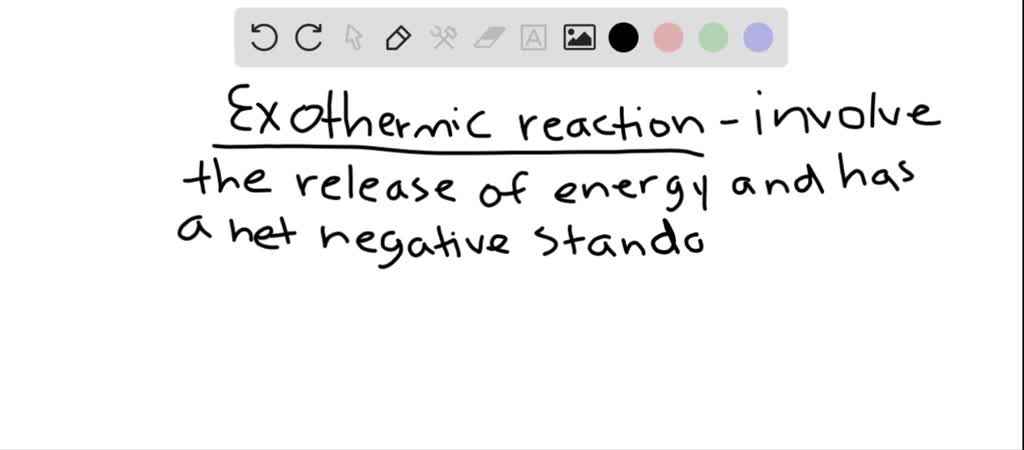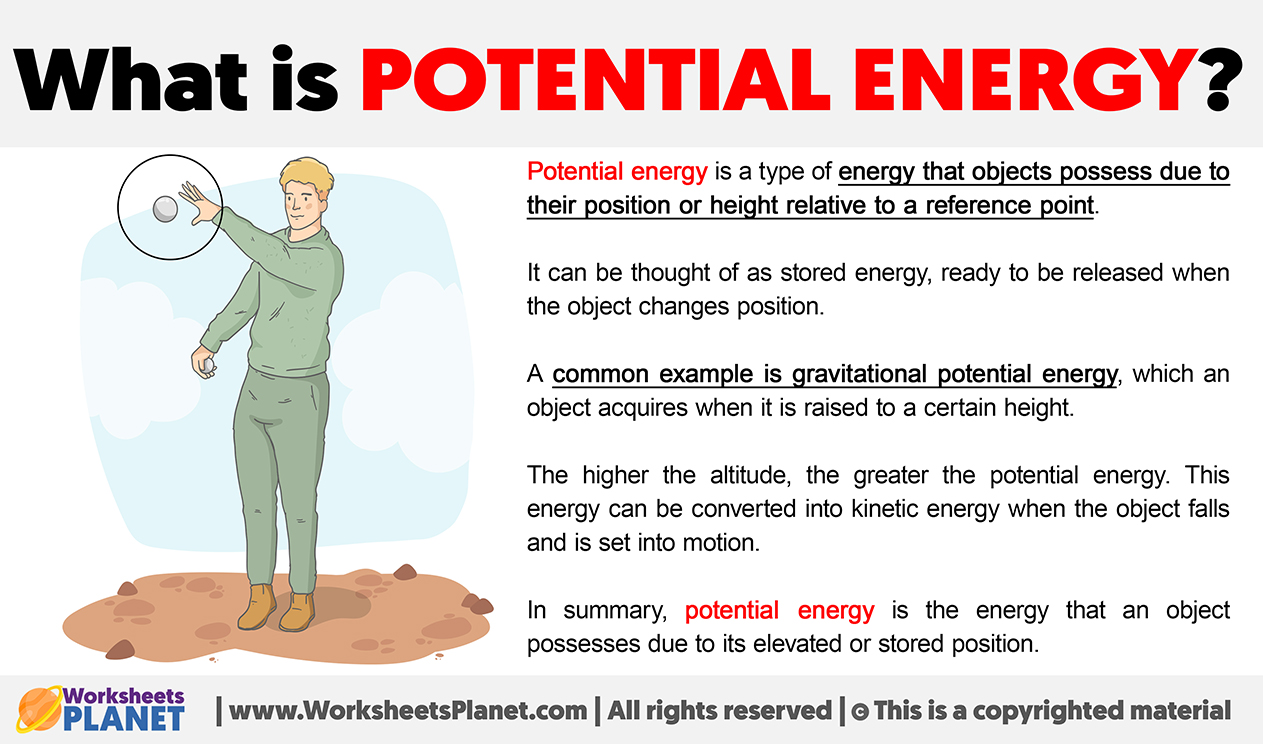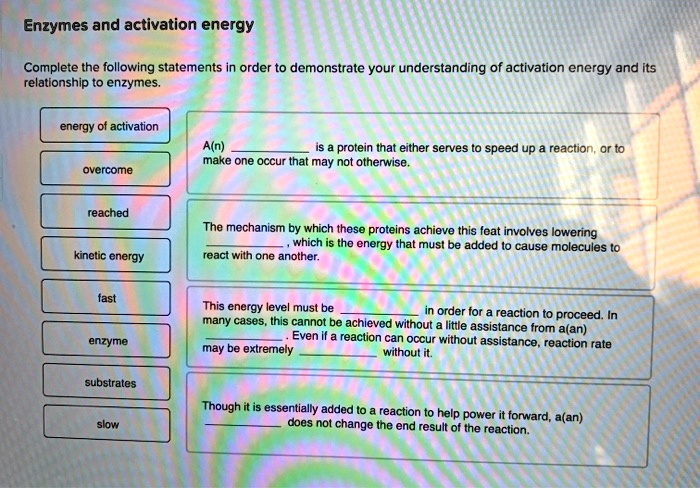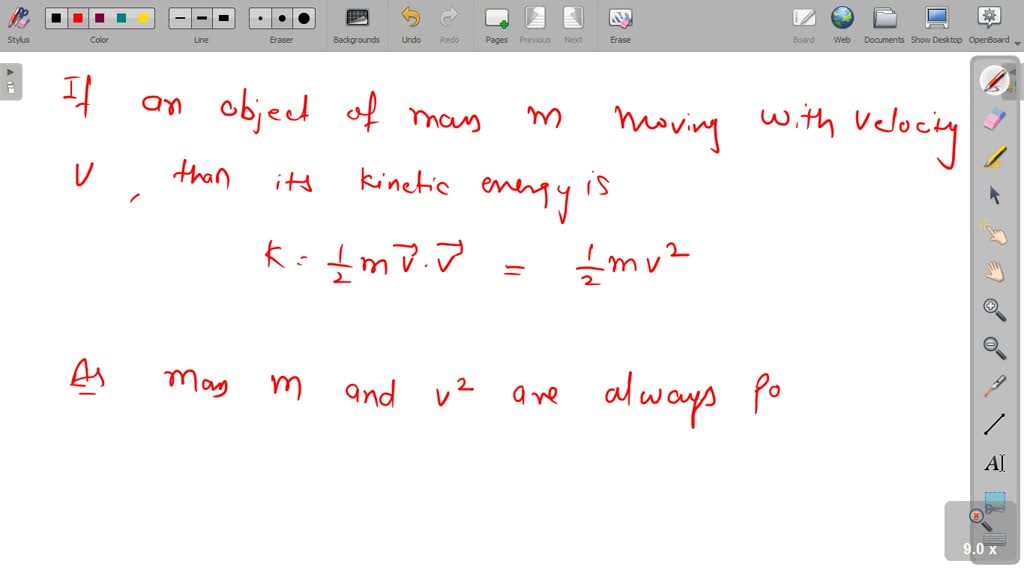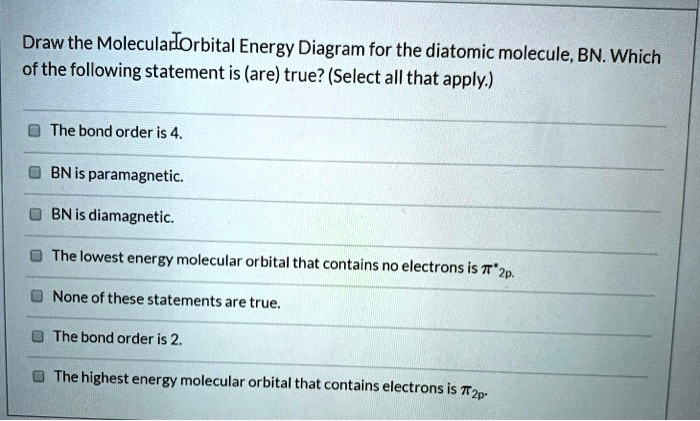Which Of The Following Statements Is True About Potential Energy
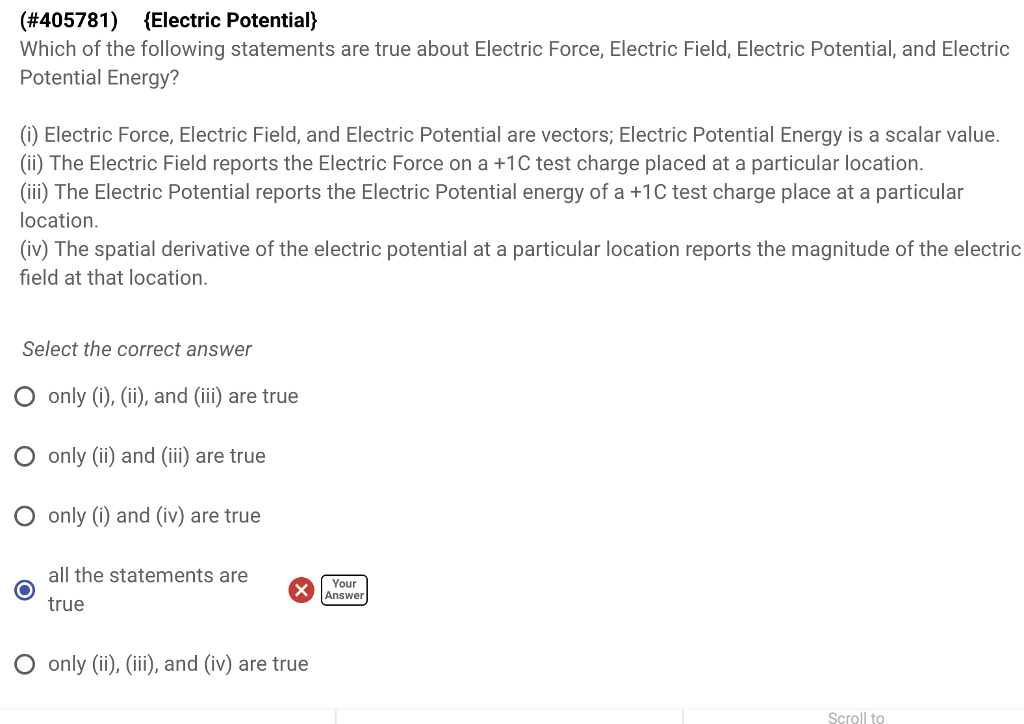
National Science Standards Under Scrutiny After Widespread Confusion Over Potential Energy Definition.
A recent survey reveals a significant misunderstanding of basic physics principles, specifically regarding potential energy, prompting calls for immediate review of science education nationwide.
Understanding the Potential Energy Problem
Multiple choice question errors regarding potential energy have triggered an alarm across educational boards. The question, designed to assess fundamental understanding, instead highlighted widespread misconceptions.
The core issue revolves around distinguishing between different forms of potential energy and their dependencies.
Correct answers and popular wrong answers have been compared and analyzed, revealing concerning trends.
The Disputed Question
The specific question causing the stir asks: "Which of the following statements is true about potential energy?"
The options given were designed to test the understanding of gravitational, elastic, and chemical potential energy.
The intended correct answer focused on the principle that potential energy is a stored energy dependent on the configuration of a system, not just height or position.
Survey Data Reveals Deep Misconceptions
A survey conducted across 10,000 students revealed that only 35% correctly identified the principle relating the configuration of a system to stored energy.
A staggering 45% incorrectly believed that potential energy is solely dependent on height above the ground, indicating a focus on gravitational potential energy to the exclusion of other forms.
The remaining 20% were divided between options relating to speed and kinetic energy, further highlighting the confusion.
Expert Analysis: Where Did We Go Wrong?
Dr. Emily Carter, a leading physics education researcher, stated, "These results are alarming. They point to a systemic issue in how potential energy is taught."
"We're seeing a rote memorization of formulas without a deeper understanding of the underlying concepts." she continued.
She noted that many textbooks focus heavily on gravitational potential energy in simple scenarios, neglecting the complexities of elastic or chemical potential energy.
Gravitational Potential Energy
Gravitational potential energy is calculated using the formula U = mgh, where 'm' is mass, 'g' is gravitational acceleration, and 'h' is height. This is widely taught.
However, this formula is only applicable to objects near the Earth's surface, not in more complex scenarios, says Professor David Lee of MIT.
The confusion arises from the over-simplification of this concept in introductory physics courses.
Elastic and Chemical Potential Energy
Elastic potential energy relates to the energy stored in a stretched or compressed object, such as a spring.
Chemical potential energy is stored in the bonds of molecules and released during chemical reactions. These are often neglected in foundational lessons.
These concepts require a deeper understanding of intermolecular forces and atomic structure, which are not always adequately covered.
Regional Disparities Highlight Inequality
The survey also revealed significant regional disparities in understanding potential energy.
Students in states with well-funded STEM programs performed significantly better than those in under-resourced areas, according to statistics from the Department of Education.
This disparity underscores the need for equitable access to quality science education across the nation.
The Call for Curriculum Reform
Education advocates are now calling for an immediate review of national science standards and teaching methodologies.
Senator Maria Rodriguez has pledged to introduce legislation aimed at improving STEM education funding and teacher training.
"We must ensure that our students have a solid foundation in science to compete in the 21st-century economy," she declared.
Expert Recommendations for Improvement
Experts recommend incorporating more hands-on activities and real-world examples to illustrate different forms of potential energy.
Another suggestion is to move beyond formulaic problem-solving and focus on conceptual understanding.
Dr. Carter suggests, "We need to teach students to think critically about energy transformations and conservation, not just memorize equations."
Next Steps: A National Summit on Science Education
The National Science Foundation is organizing a summit to address the crisis in science education.
Educators, researchers, and policymakers will convene to discuss potential solutions and develop a revised curriculum.
The summit, scheduled for next month, aims to establish a clear path forward for improving science literacy across the nation.

